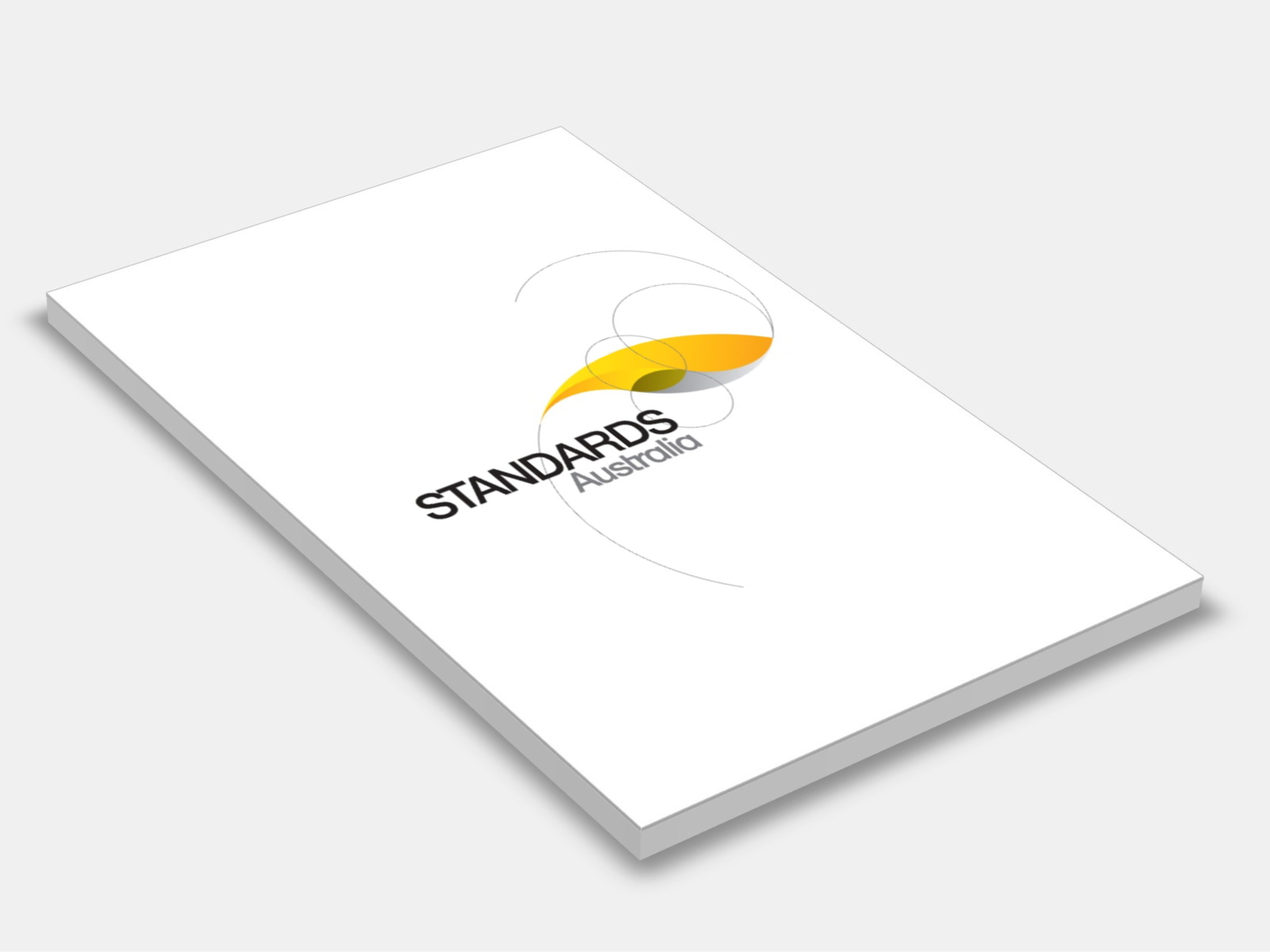
Type
Publisher
Standards Australia
Publisher
Standards Australia
Version:
Third Edition 2012.
(Pending Revision)
Short Description
Sets out requirements for inspection, testing, preventive maintenance and survey of fire protection systems and equipment.
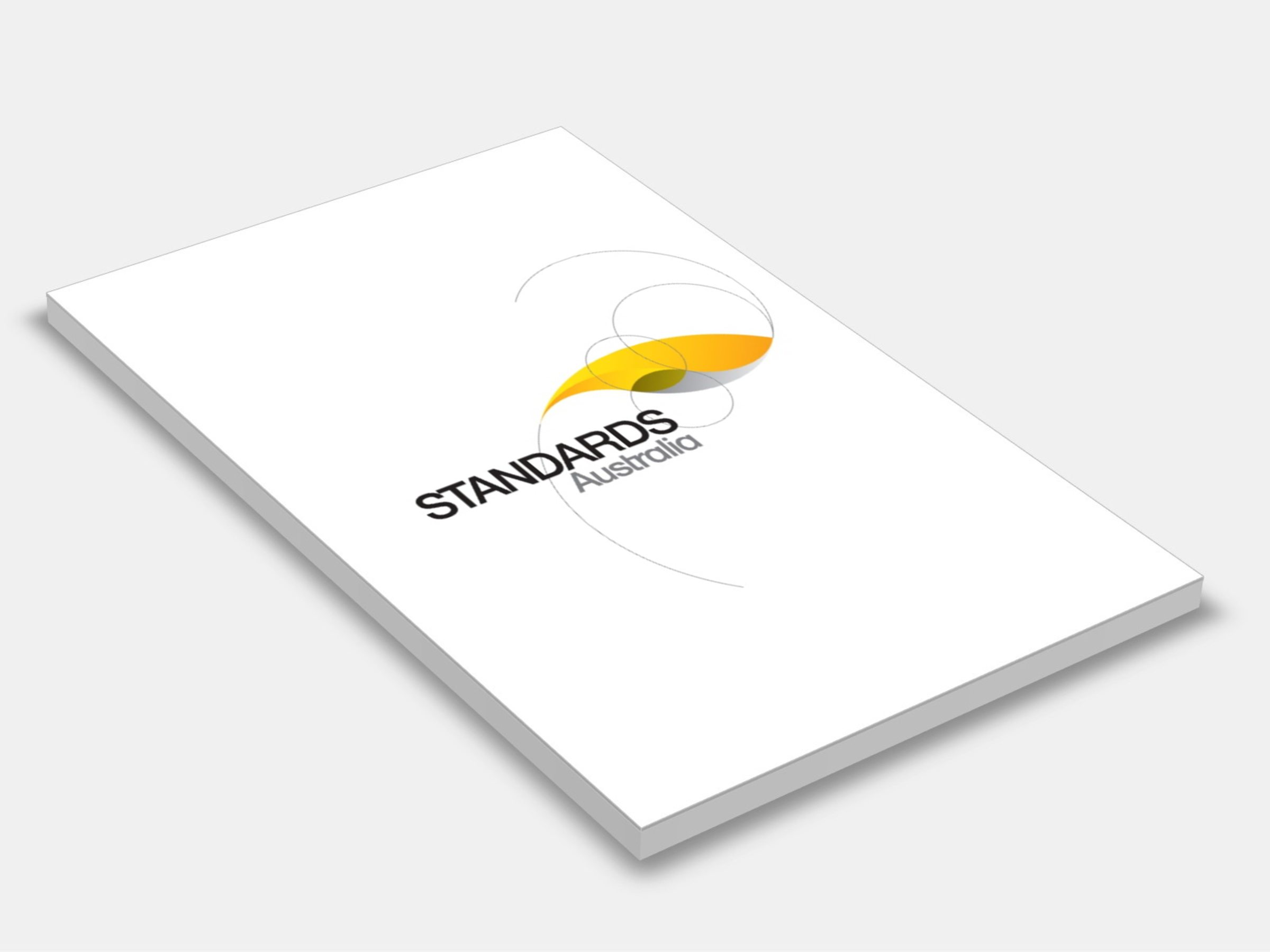
Type
Publisher
Standards Australia
Publisher
Standards Australia
Version:
Sixth Edition 2001.
(Current)
Short Description
Specifies the criteria for the selection of portable fire extinguishers and the requirements for their application, location and distribution.
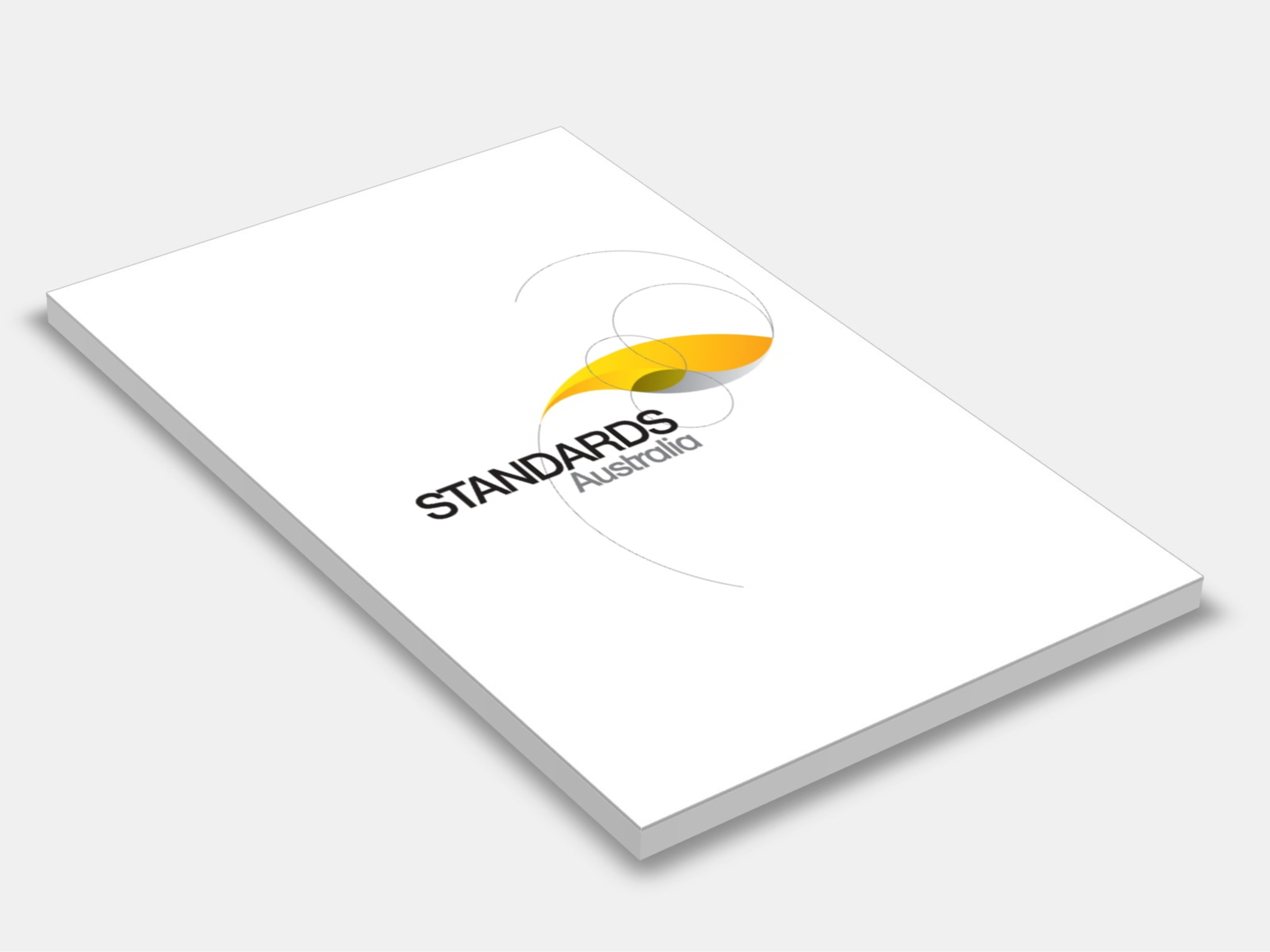
Type
Publisher
Standards Australia
Publisher
Standards Australia
Version:
Fourth Edition 2018.
(Current)
Short Description
Sets out requirement for the design, installation and commissioning of fire detection and alarm systems comprising components conforming to the requirements of the appropriate component Standards.
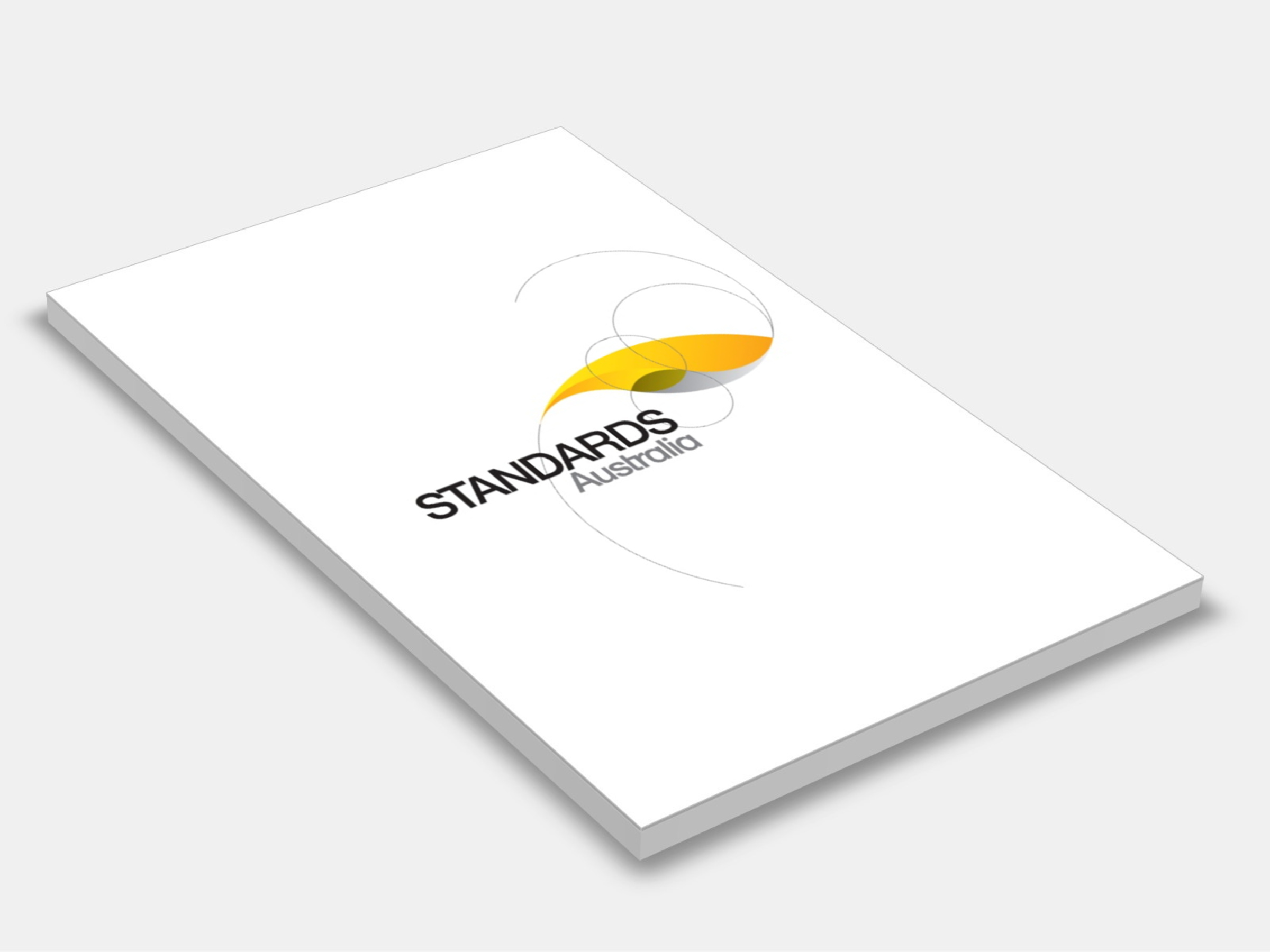
Type
Publisher
Standards Australia
Publisher
Standards Australia
Version:
Fourth Edition 2018.
(Current)
Short Description
Specifies the requirements for fire alarm monitoring systems between the monitored fire detection and alarm system and the fire dispatch centre and includes requirements for the monitoring equipment.
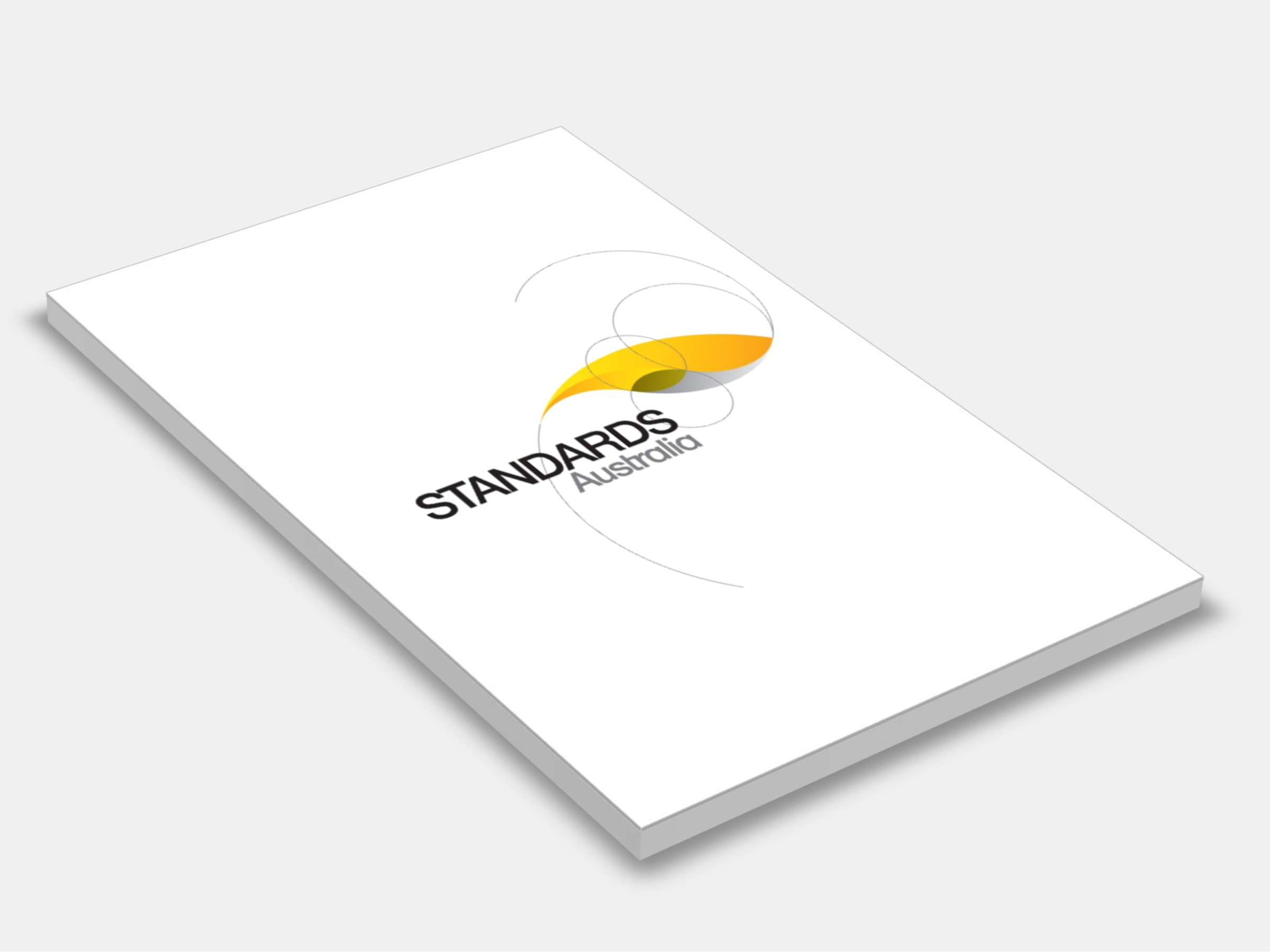
Type
Publisher
Standards Australia
Publisher
Standards Australia
Version:
Third Edition 2018.
(Current)
Short Description
Specifies the design, installation and commissioning requirements for emergency warning systems and emergency intercom systems used in buildings for the evacuation of building occupants in the event of a fire or other type of emergency.
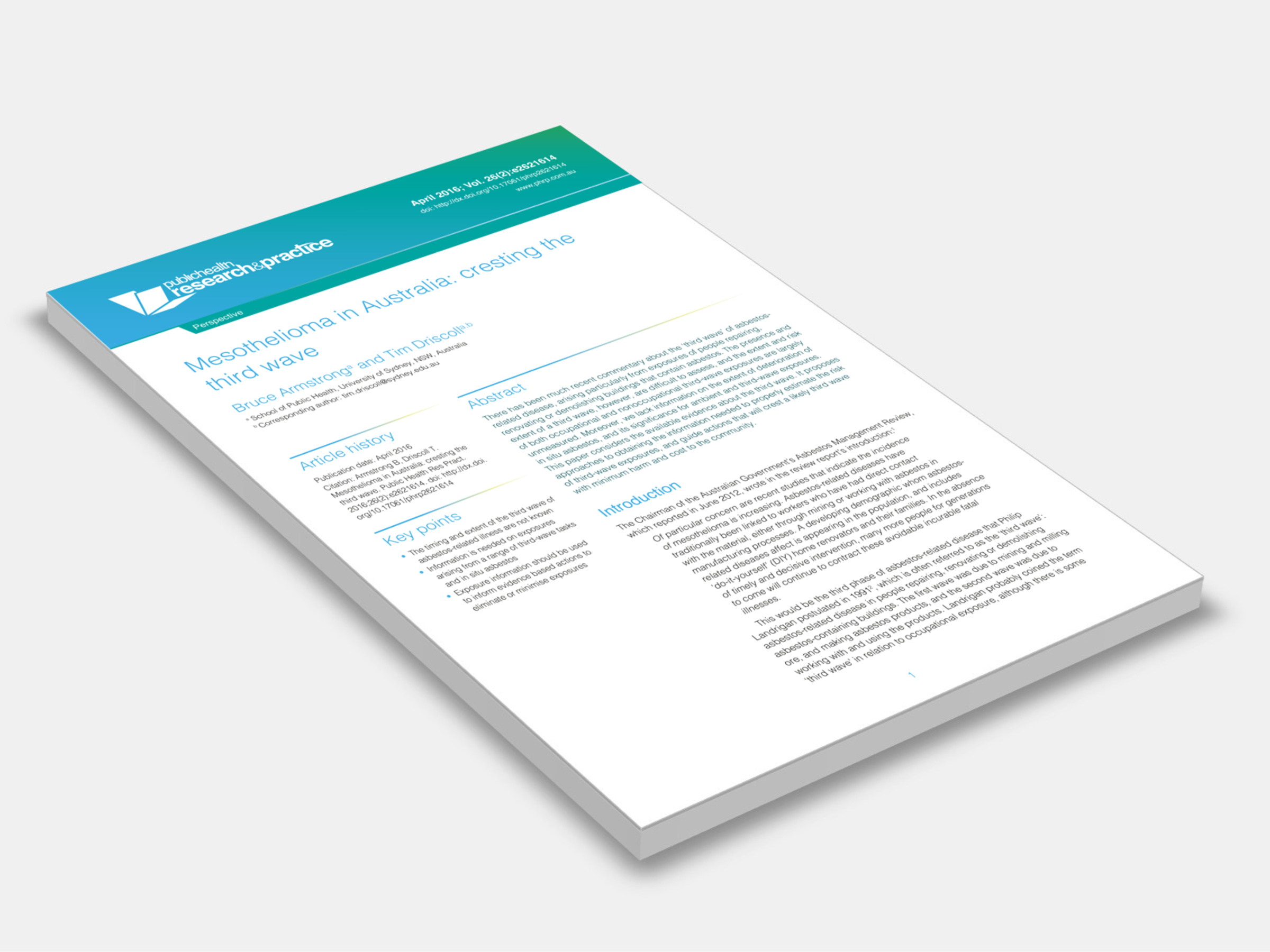
Type
Version:
2016.
(Current)
Short Description
Proposes approaches to obtaining the information needed to properly estimate the risk of third-wave asbestos exposures, and guide actions that will crest a likely third-wave with minimum harm and cost to the community.
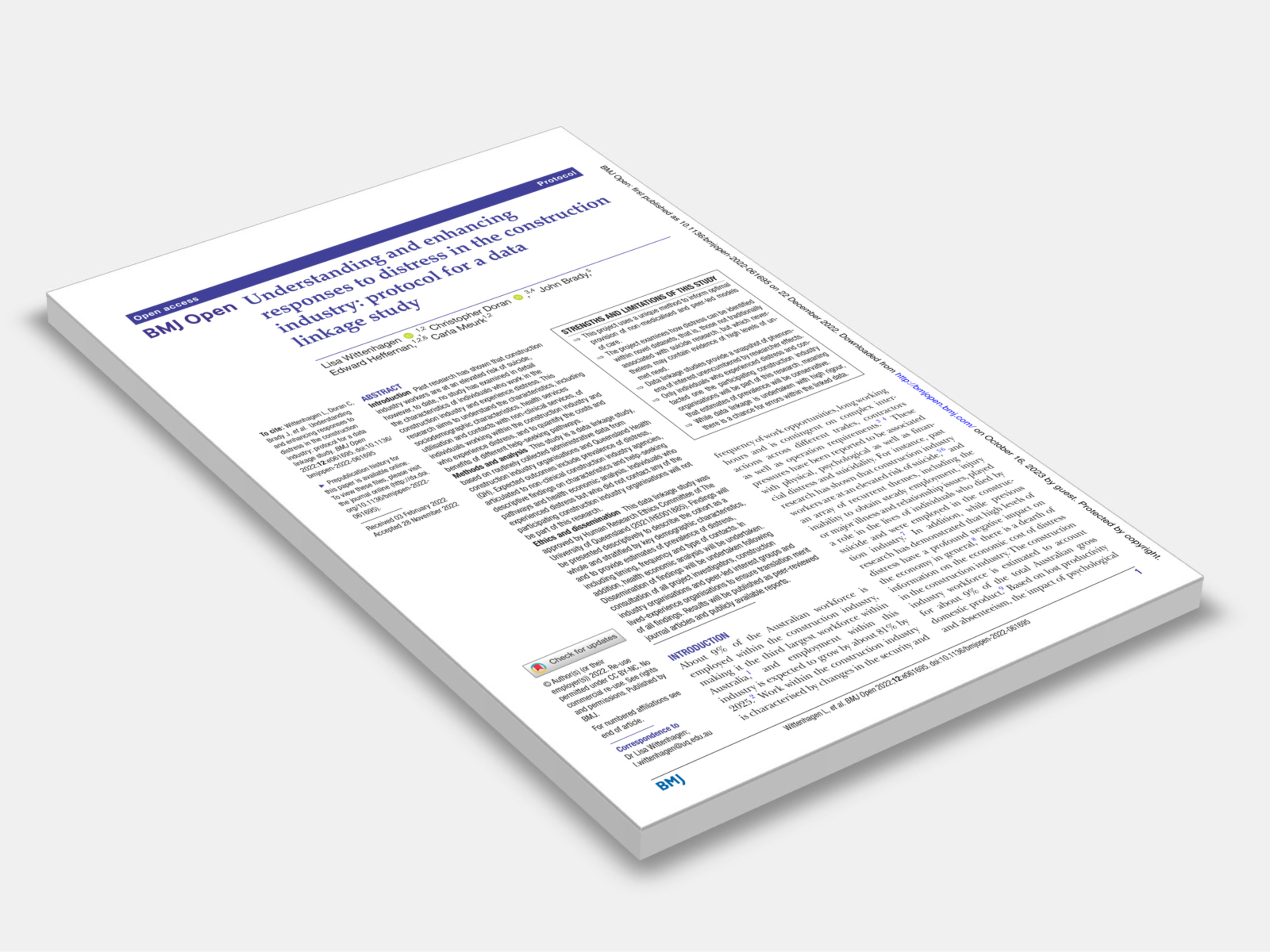
Type
Version:
2022.
(Current)
Short Description
This research aims to understand the characteristics, including sociodemographic characteristics, health services utilisation and contacts with non-clinical services, of individuals working within the construction industry and who experience distress, and to quantify the costs and benefits of different help-seeking pathways.
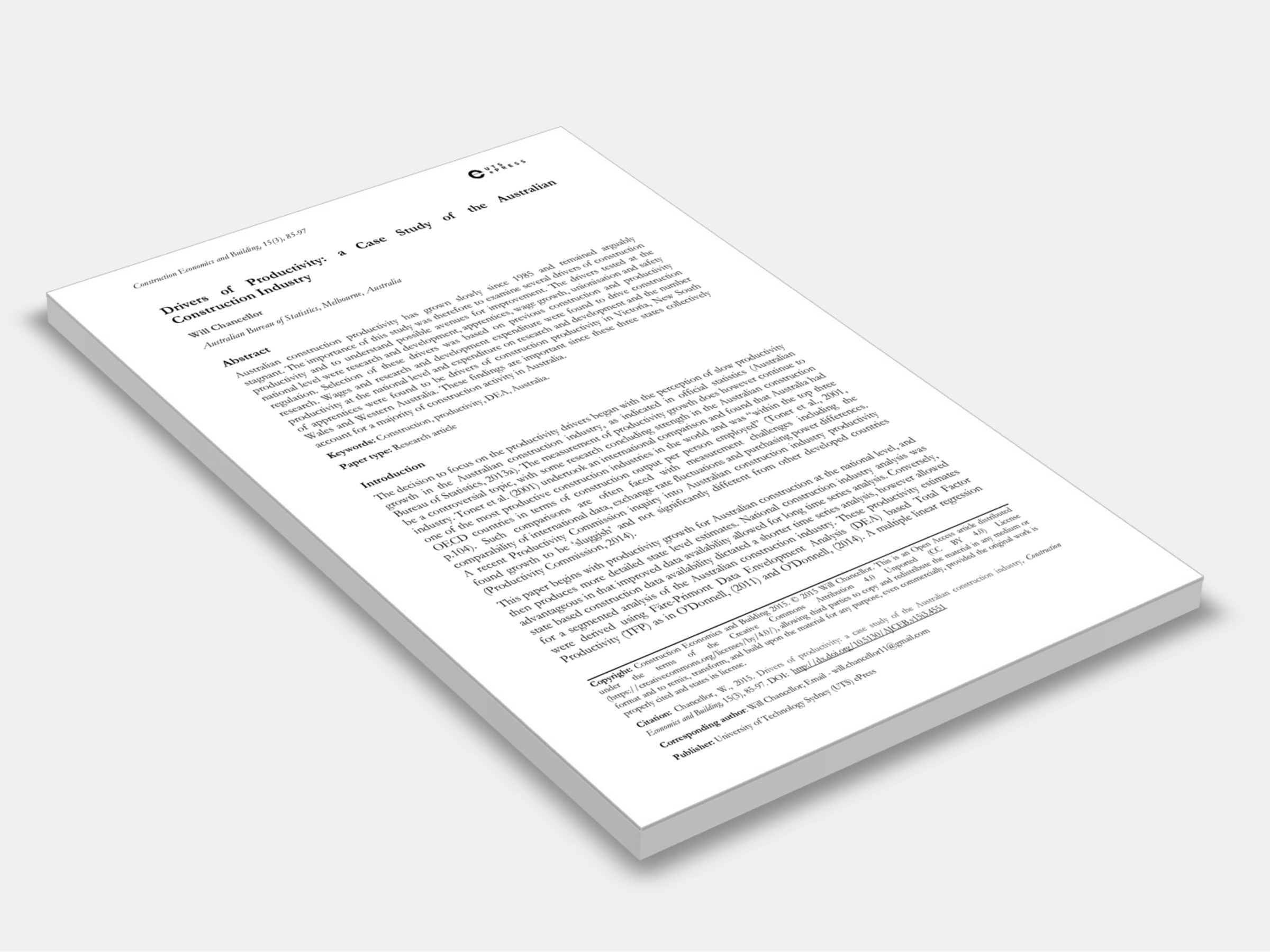
Type
Publisher
Construction Economics and Building
Publisher
Construction Economics and Building
Version:
2015.
(Current)
Short Description
Wages and research and development expenditure were found to drive construction productivity at the national level and expenditure on research and development and the number of apprentices were found to be drivers of construction productivity in Victoria, New South Wales and Western Australia.
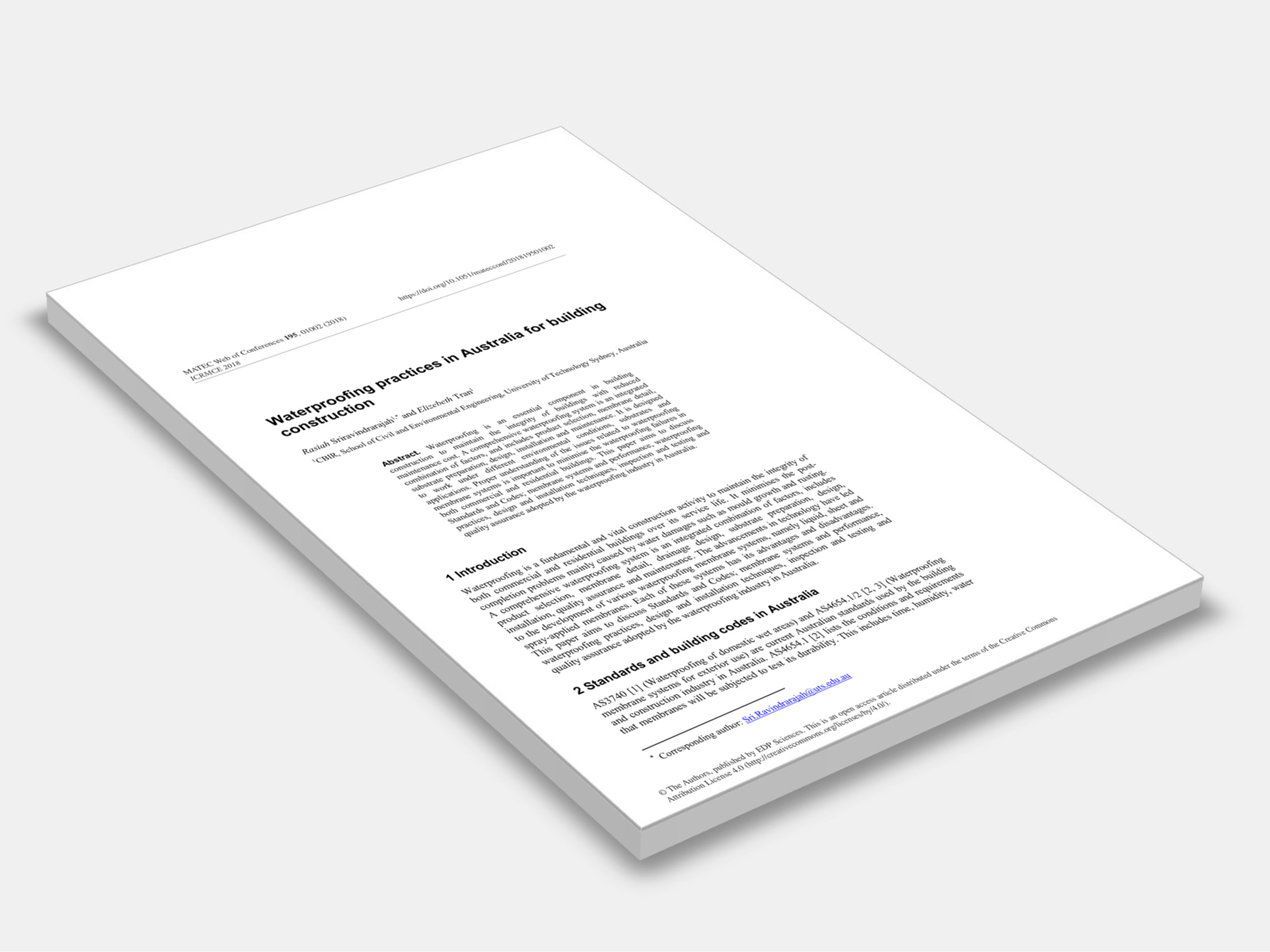
Type
Version:
2018.
(Current)
Short Description
This paper aims to discuss Standards and Codes; membrane systems and performance, waterproofing practices, design and installation techniques, inspection and testing and quality assurance adopted by the waterproofing industry in Australia.
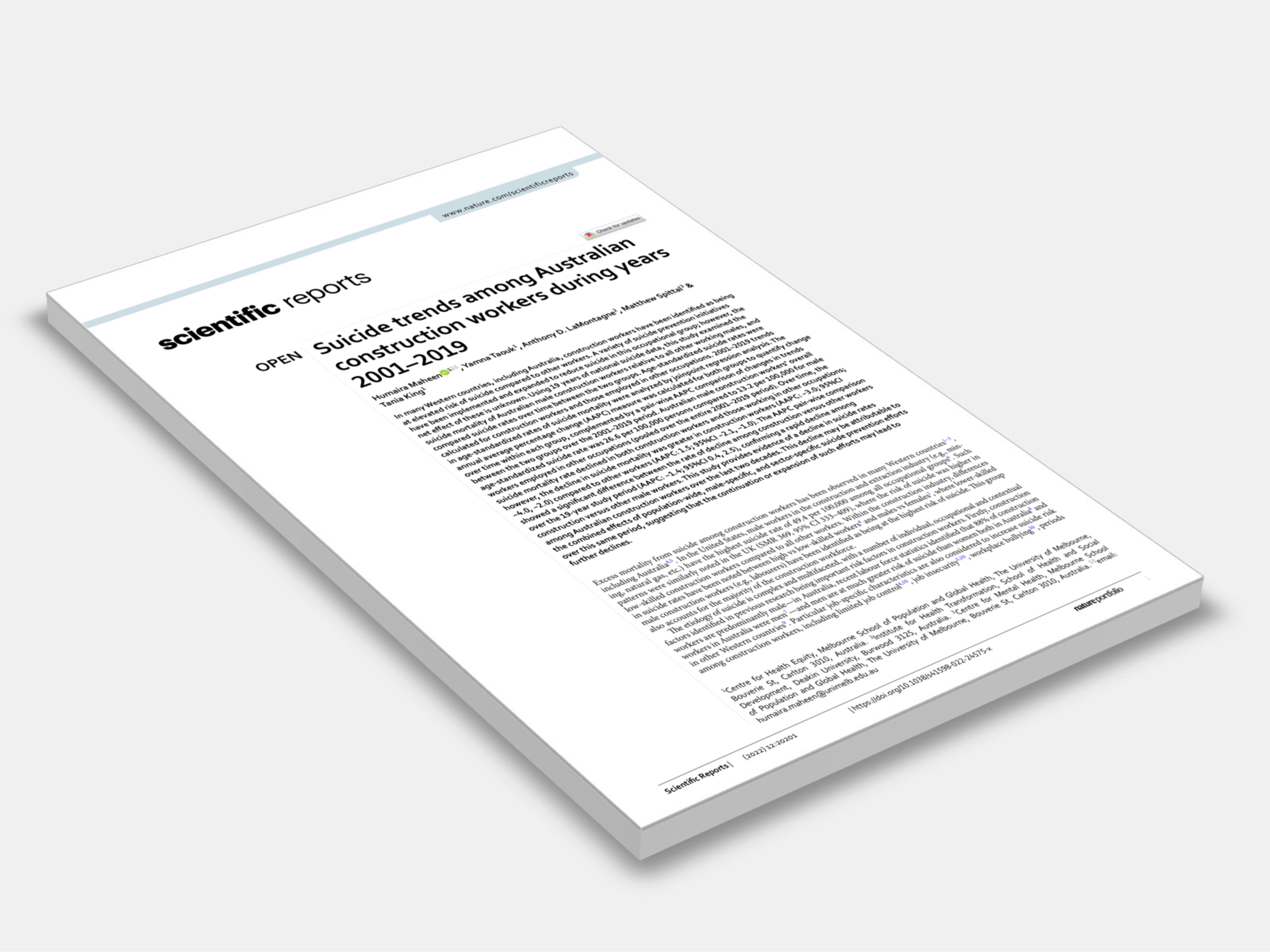
Type
Version:
2022.
(Current)
Short Description
This study provides evidence of a decline in suicide rates among Australian construction workers over the last two decades; this decline may be attributable to the combined effects of population-wide, male-specific, and sector-specific suicide prevention efforts over this same period, suggesting that the continuation or expansion of such efforts may lead to further declines.